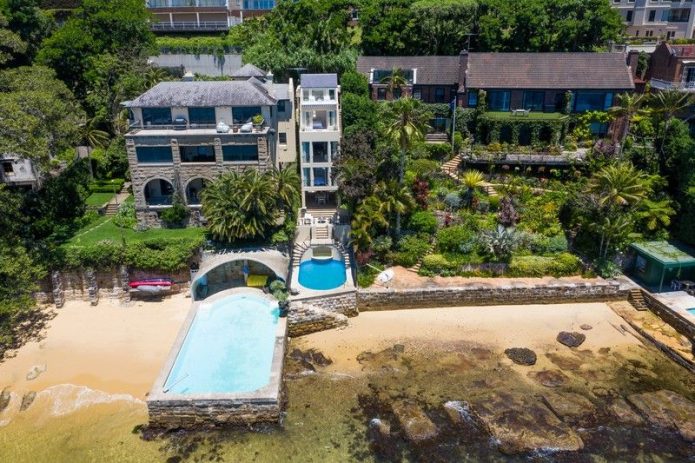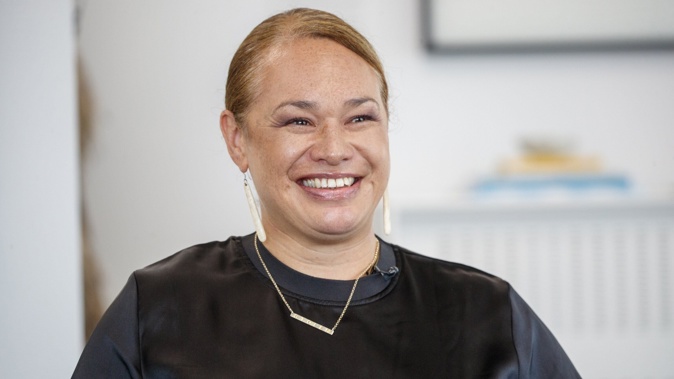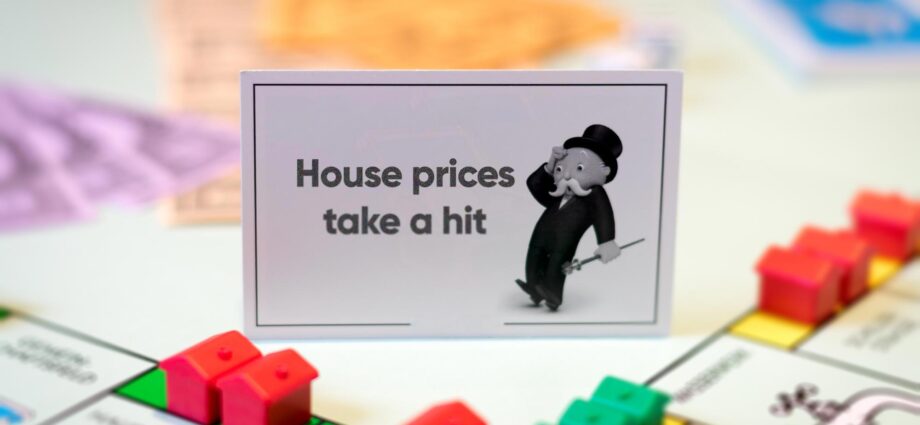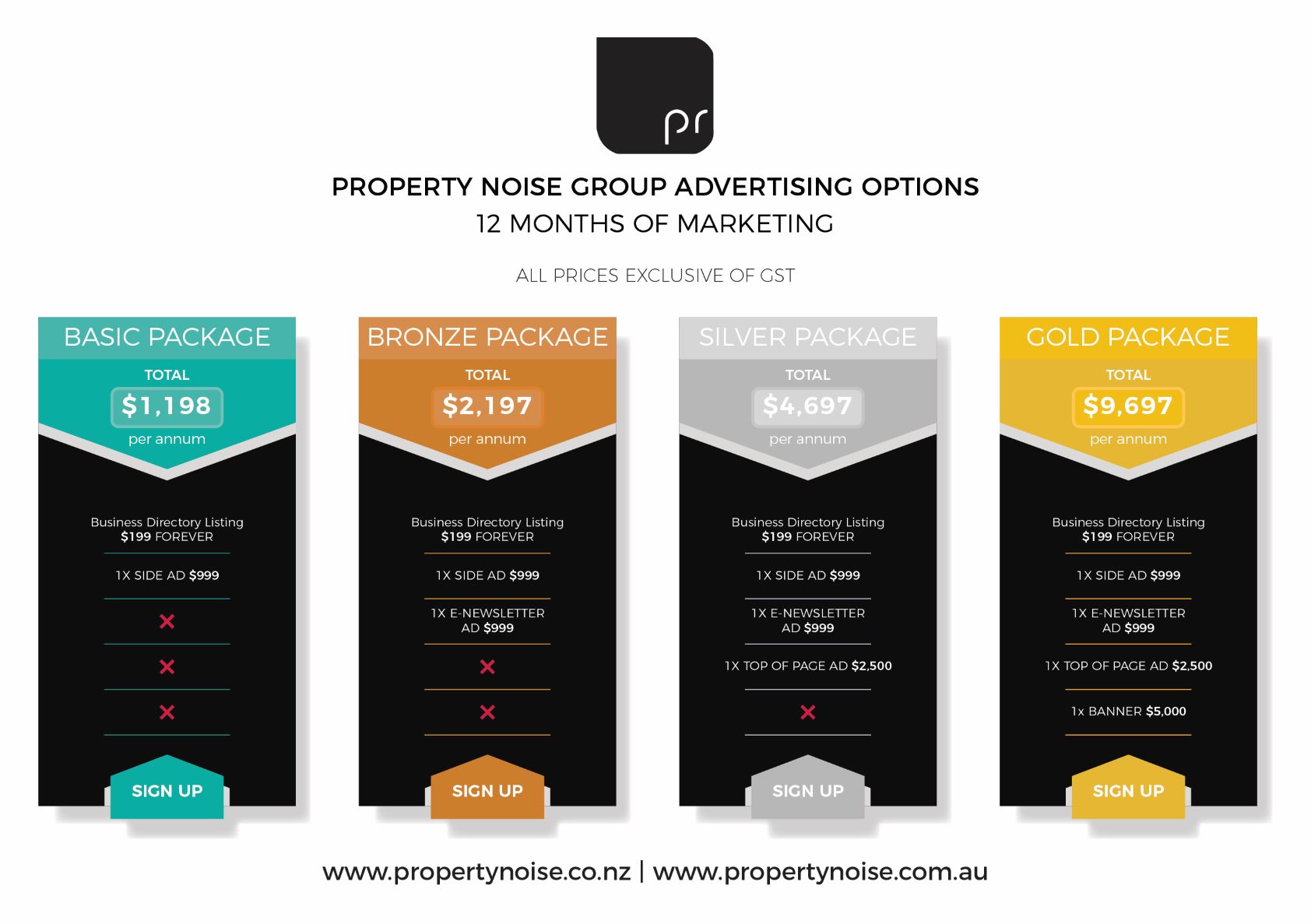PHOTO: New Zealand house prices continue to fall. FILE
The residential property market’s downward trend has shown some signs of easing for the second consecutive month, although increased volatility may still be expected in the coming months.
According to the latest QV House Price Index, national home values decreased by 3.4% over the three months ending in May 2023. This represents a slight improvement compared to the 3.5% reduction in April and the 3.9% reduction in March. The average home value now stands at $888,930, which is 13.7% lower than the same period last year but 20.2% higher than the pre-Covid-19 level.
In 11 out of the country’s 16 largest urban areas, the rate of home value decline has slowed this quarter. Auckland, Hamilton, Christchurch, and Wellington have all experienced a decrease in the rate of decline, with Wellington’s decline even dropping below the national average for the first time since the downturn began.
Queenstown has once again defied the overall trend, with home values increasing by an average of 2.4% in the May quarter. However, Tauranga, New Plymouth, Nelson, and Marlborough experienced an increase in the quarterly rate of decline, albeit by a small average percentage compared to the previous month’s index.
propertynoise.co.nz to launch real estate industry recruitment site
James Wilson, the operations manager at Quotable Value (QV), cautioned against prematurely declaring this as the bottom of the market. He stated that more time is needed to observe if the softening trend continues before conclusively determining the market’s bottom. Wilson also noted that once the market hits bottom, it is likely to experience a bumpy landing, with certain areas and property types recovering sooner than others.
Wilson further mentioned that areas attracting first-home buyers and investors are expected to be the first to see growth. He observed that areas with positive value growth or relatively stable values over the last quarter had average values below $1 million, making them attractive to first-time buyers. While investors have been cautious in many markets, the indication that the Official Cash Rate has peaked might entice them back, potentially leading to increased interest and competition in the market.
SPONSORED: Fergs Coffee – GUARANTEED FRESHNESS OR YOUR MONEY BACK
Overall, Wilson highlighted the prevailing cautious mindset among buyers, particularly among “Mum and Dad” buyer types. He suggested that while these buyers remain inactive, value levels in previously strong areas are likely to remain weak. Additionally, he mentioned that the impact of strong net migration on the housing market might first be seen in the rental market.
Looking ahead, Wilson mentioned that the upcoming election could introduce new policies that may affect certain buyer types more than others, but historically, elections have not had a significant impact on the housing market. He anticipated that certain buyer types might remain on the sidelines until the election result is announced, but cautioned that more bumps in the road are likely to occur before then.
The report also provides insights into specific regions and cities across New Zealand:
- Auckland: The average rate of home value reduction in Auckland has slowed for the third month in a row. The average home value dropped only 0.3% in May, indicating a potential sign that the market is bottoming out.
- Northland: Whangarei experienced a slight improvement in the rate of decline, while the Far North saw a double-digit decline in home values. Kaipara District showed more resilience, with a smaller decline in values compared to the previous year.
- Tauranga: Home values continued to decline, but there were early signs of a shift in market sentiment, with increased interest from first-home buyers and investors.
- Hamilton: The city’s average home value increased slightly in May, breaking a four-month trend of declining values. However, sales volumes were significantly lower compared to the same period last year.
- Rotorua: The housing market in Rotorua appears to be stabilizing, with home values holding steady. During this quarter, the city’s average home value experienced a marginal decrease of only 0.2% to reach $641,633. This decline follows a modest decrease of 0.1% in May. Derek Turnwald, a property consultant at QV, noted that early indications suggest the correction phase is coming to an end and the residential market is reaching its bottom. First-time home buyers are increasingly recognizing this trend and showing stronger interest. Banks are also becoming slightly more lenient in scrutinizing loan applications. Moreover, the Reserve Bank relaxed loan-to-value ratio criteria for owner occupiers and investors starting from 1 June. Investors are starting to show interest as they sense the market is approaching its bottom, although many are waiting to see if there will be changes to tax laws depending on the outcome of the upcoming election.
- Taranaki: In May, the property market in the Taranaki region remained relatively stable. Home values decreased by an average of 2.2% this quarter, only slightly worse than the 2% reduction reported in the previous QV House Price Index. In New Plymouth, the average rate of home value reduction increased from 1.5% in March to 1.7% in April and reached 2% in May. The average home value in New Plymouth now stands at $706,762, marking a 6.1% decline compared to the same period last year. In the neighboring districts of Stratford and South Taranaki, home values decreased by an average of 4.9% and 2.3% respectively this quarter.
- Hawke’s Bay: The decline in home values across the wider Hawke’s Bay region has slowed down. According to the latest QV House Price Index, the average home value in Napier decreased by 3.4% this quarter, while in Hastings it decreased by 1%—a significant improvement compared to the previous index, which reported reductions of 4.2% and 2.3% respectively. The average home value in Napier now stands at $742,741, representing a 14.6% decrease compared to the end of May 2022. In Hastings, the average home value is $773,825, which is 13.2% lower than the same period last year. The Wairoa district experienced an increase of 1.6% in home values, while other districts saw declines ranging from 1% to 4%, resulting in an overall regional reduction of 1.4%. The Hawke’s Bay market is showing signs of flattening, with a slowdown in house price declines. The recent cash rate hike by the Reserve Bank was lower than the previous one, indicating progress in tackling inflation. Mortgage rates are also showing signs of slowing down. First-home buyers have a favorable opportunity to enter the market due to reduced competition from investors and slight easing of bank lending criteria.
- Palmerston North: The rate of decline in home values in Palmerston North has slowed down for the third consecutive month. The average home value in the city now stands at $624,137, marking a 14.4% decrease compared to the same period last year. In May, home values decreased by 1.3% during the quarter, which is a significant improvement compared to the 3.9% decline in February, 2.7% decline in March, and 2% decline in April as reported in previous iterations of the QV House Price Index. The market is expected to continue leveling out until interest rates stabilize and demand picks up again after the winter months.
- Wellington: The decline in Wellington’s residential property market has slowed down, indicating that the market may be reaching its bottom. According to the latest QV House Price Index, home values in the region decreased by an average of 2.6% during the May quarter. This is an improvement compared to the average declines of 3.7% and 4.8% in the previous two quarters. It is the first time since the downturn began that Wellington’s home values have shown a slower quarterly rate of decline than the national average (-3.4%). David Cornford, a senior consultant at QV, mentioned that the relatively small value declines in the region over the past two months suggest that the market may be at or near its bottom. However, the market remains quiet with buyers lacking a sense of urgency. The upcoming General Election is expected to be a significant factor influencing the property market, as many people may postpone their purchasing or selling decisions until after the election. If a National government is elected, it could lead to increased activity from investors, potentially supporting a market recovery. First-home buyers currently have a favorable opportunity to enter the market due to limited competition from investors and slight easing of bank lending criteria. The largest declines in home values this quarter occurred in Porirua (-7.7%) and Kapiti Coast District (-4.5%). The average home value in the region is now $831,673, representing a 19.1% decrease compared to the same time last year.
2023 PRICING: Profile YOU on this website! – FOR 12 MONTHS | ONLY $999 plus GST
- Nelson: Home values in Nelson have experienced an average decline of 9.3% compared to the same period last year. The latest QV House Price Index reports that the city’s average home value now stands at $783,640, reflecting a 2.4% decrease during the May quarter. This decline is slightly higher than the 1.8% decline reported in the previous index. Craig Russell, the QV Nelson/Marlborough manager, noted that property values in Nelson continue to retract, although at a slower pace than before. He mentioned that confidence in the property market seems to be improving, influenced by indications from the Reserve Bank that the Official Cash Rate has peaked and the easing of loan-to-value restrictions. There is still an oversupply of properties in the $900,000 to $1,500,000 price range, particularly in the wider Richmond area. These properties need to be competitively priced to align with market expectations. As a result, some price reductions are being observed.
READ MORE VIA QV PRESS RELEASE
Profile a Property FOR SALE – UNTIL SOLD | $99 plus GST












